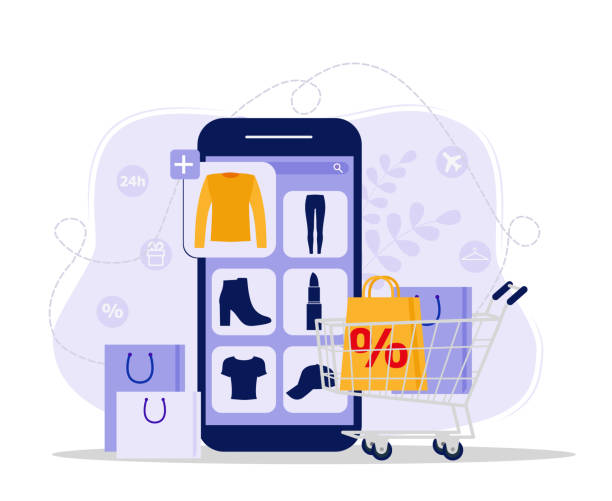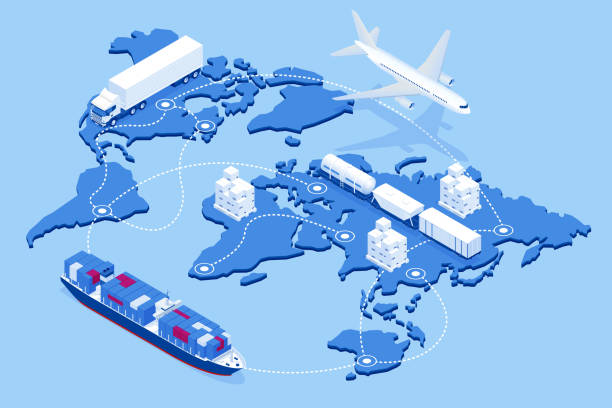In the dynamic world of e-commerce, choosing the right platform to sell your products can be as crucial as the products themselves. Two of the most popular options for online sellers are Etsy and Amazon. Both platforms offer unique opportunities and cater to different types of sellers and buyers. This blog post will delve into the pros, cons, and key differences between selling on Etsy vs Amazon to help you make an informed decision.
Etsy: The Creative Marketplace – Etsy vs Amazon
Pros of Selling on Etsy
- Niche Audience: Etsy is renowned for its focus on handmade, vintage, and unique items. If your products fit into these categories, you’re likely to find a passionate and loyal customer base. The platform attracts buyers specifically looking for one-of-a-kind items, which can lead to higher sales and more repeat customers.
- Community Feel: Etsy promotes a strong sense of community among its sellers and buyers. The platform offers forums, teams, and seller tools designed to foster collaboration and support. This community aspect can be incredibly motivating and helpful, especially for new sellers.
- Customizable Shops: Etsy allows sellers to create personalized storefronts. You can design your shop to reflect your brand’s aesthetic, making it easier to establish a distinct identity. This customization helps in building brand loyalty and recognition.
- Lower Fees: Compared to Amazon, Etsy’s fees are relatively lower. Etsy charges a $0.20 listing fee per item and takes a 5% transaction fee on the sale price (including shipping). This fee structure can be more favorable for small businesses and individual artisans.
Cons of Selling on Etsy
- Limited Product Categories: Etsy’s focus on handmade, vintage, and craft supplies can be a limitation if you sell products outside these categories. Sellers of electronics, general merchandise, or non-unique items might find Etsy’s customer base less responsive.
- Smaller Audience: While Etsy’s audience is niche and dedicated, it’s significantly smaller than Amazon’s. This can limit your potential reach and sales volume, especially if you’re aiming for a broad market.
- Marketing Responsibility: Etsy provides some tools for promotion, but a lot of the marketing responsibility falls on the seller. You’ll need to invest time and resources into social media, SEO, and other marketing strategies to drive traffic to your shop.
Amazon: The E-Commerce Giant – Etsy vs Amazon
Pros of Selling on Amazon
- Massive Customer Base: Amazon’s biggest advantage is its vast and diverse customer base. With millions of active users, Amazon offers unparalleled reach and the potential for high sales volumes. This makes it ideal for sellers looking to scale quickly.
- Trust and Credibility: Amazon is a trusted household name. Buyers feel confident purchasing from Amazon, which can translate to higher conversion rates for your products. The platform’s robust review system also helps build credibility and trust with potential customers.
- Fulfillment by Amazon (FBA): Amazon’s FBA program is a game-changer for many sellers. By using FBA, you can store your products in Amazon’s warehouses, and they handle packing shipping, and customer service. This can significantly reduce your operational burden and allow you to focus on growing your business.
- Advanced Tools and Analytics: Amazon provides a wealth of data and tools to help you optimize your listings and understand your performance. From keyword research to sales reports, these resources can be invaluable in fine-tuning your strategy and increasing sales.

Cons of Selling on Amazon
- Higher Fees: Amazon’s fee structure is more complex and generally higher than Etsy’s. In addition to referral fees (ranging from 6% to 45%, depending on the category), there are also FBA fees, storage fees, and other costs. These fees can add up, especially for lower-priced items.
- Intense Competition: Amazon’s marketplace is highly competitive. You’ll be up against numerous sellers, including large brands and Amazon itself. Standing out requires significant effort in optimizing listings, competitive pricing, and extensive marketing.
- Less Brand Control: Amazon’s standardized product pages limit how much you can customize your brand’s presentation. This can make it harder to differentiate your products and establish a unique brand identity.
Key Differences Between Etsy vs Amazon
- Product Focus: Etsy is tailored for handmade, vintage, and unique items, attracting a niche audience that values creativity and originality. Amazon, on the other hand, caters to a wide range of products, from books and electronics to groceries and apparel. Your product type will largely determine which platform is more suitable.
- Seller Fees: Etsy’s fee structure is simpler and generally lower, making it more appealing for small businesses and individual artisans. Amazon’s fees are higher and more complex, but the trade-off is access to a much larger customer base and advanced selling tools.
- Customer Reach: Amazon’s reach is vast, offering exposure to millions of customers worldwide. Etsy’s audience is smaller but more targeted, which can lead to better engagement and loyalty within its niche market.
- Fulfillment and Logistics: Amazon’s FBA program provides significant logistical support, handling storage, shipping, and customer service. Etsy’s sellers are typically responsible for their own fulfillment, which can be more labor-intensive but also offers more control.
- Marketing and Traffic: Etsy requires more proactive marketing efforts by sellers to drive traffic to their shops. Amazon, with its massive built-in customer base, provides more organic traffic, though competition for visibility is fierce.

Conclusion: Etsy vs Amazon
Choosing between Etsy and Amazon depends on your specific products, business goals, and resources. If you create handmade or unique items and value a supportive community with lower fees, Etsy might be the ideal platform for you. However, if you seek a vast customer base, and advanced selling tools, and are willing to navigate higher fees and intense competition, Amazon could be the better choice.
Ultimately, some sellers find success by leveraging both platforms, catering to different audiences, and maximizing their market reach. Assess your business needs, experiment, and refine your strategy to find the perfect fit for your online selling journey.









[…] Updated on Trends: Keep an eye on trends in both the AI art world and the Etsy marketplace. Adapt your offerings to meet the changing tastes and preferences of […]
[…] Customer Base: With millions of active users worldwide, Amazon provides unparalleled exposure for your […]
[…] that the character maximum for an Amazon product title is 200, but it is best to keep it short and should not go more than 60 […]